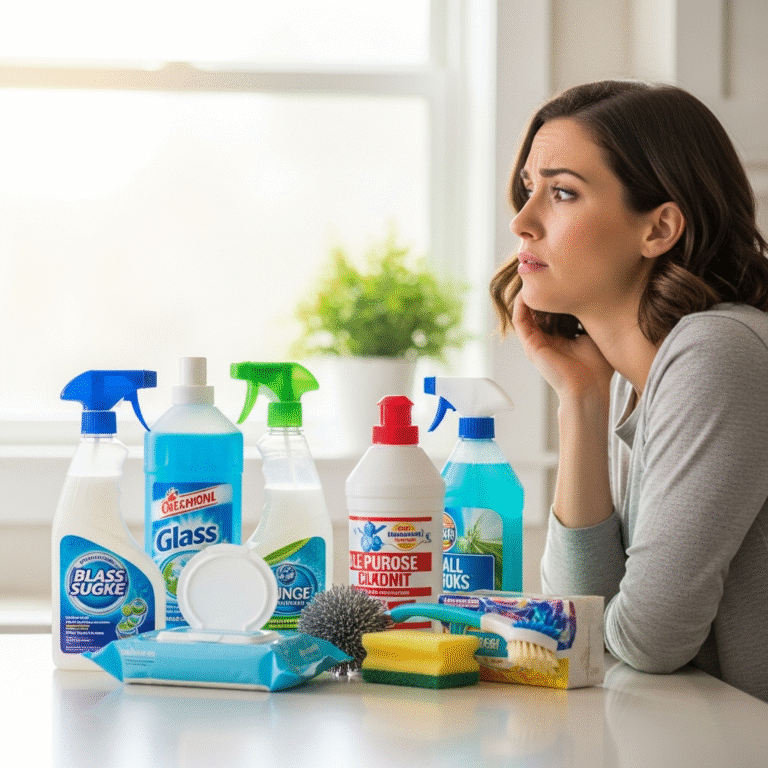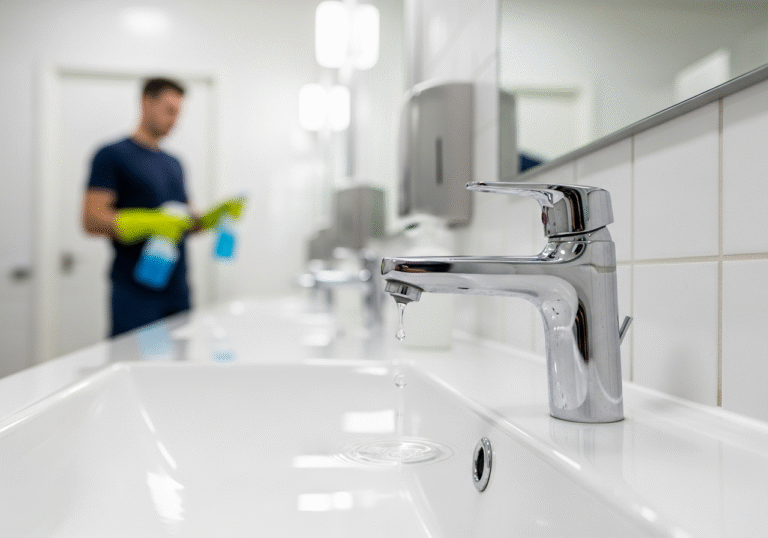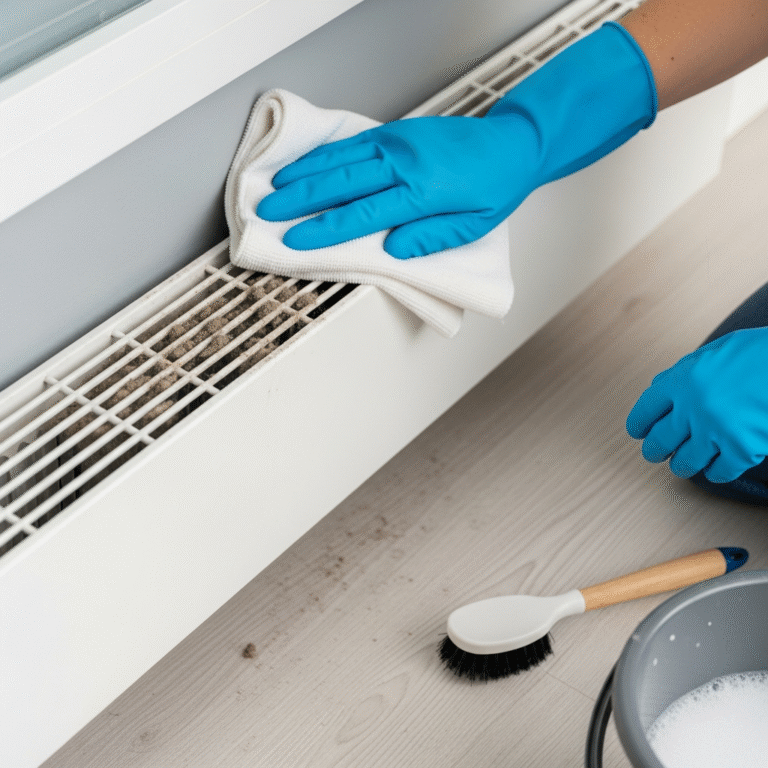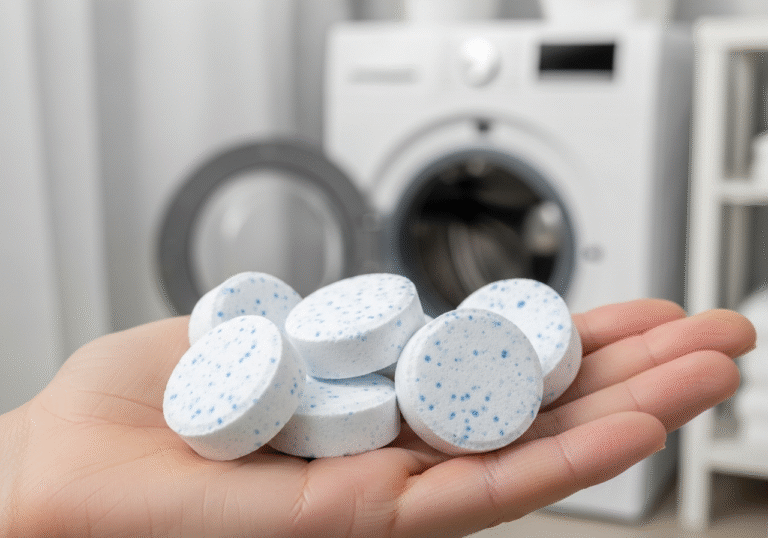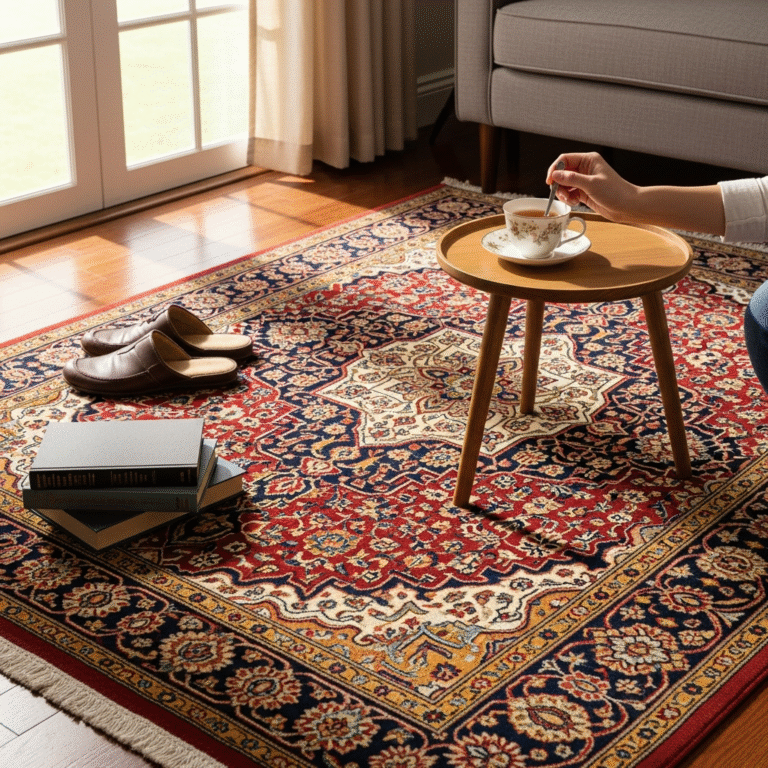1. Declutter and Organize Regularly
One of the first steps in effective bedroom cleaning is decluttering. A messy and disorganized space can quickly collect dust, making it harder to clean. Start by removing unnecessary items such as old magazines, clothes you no longer wear, and unused accessories. Having designated storage solutions like baskets, shelves, and drawers can help you maintain order and reduce surface clutter. The less clutter you have, the fewer places dust can settle.
Make it a habit to tidy up your bedroom daily to prevent mess from accumulating. Spend a few minutes each morning making your bed, putting away clothes, and organizing nightstands. Keeping everything in its place not only improves the aesthetics of your room but also makes bedroom cleaning easier and faster. A well-organized space promotes relaxation and creates a more inviting atmosphere.
Another key aspect of organization is minimizing decorative items that collect dust. While decorations add personality to your room, too many small trinkets, fabric-based décor, and excessive furniture can trap dust. Opt for easy-to-clean materials, like wooden or metal surfaces, and consider rotating décor seasonally to reduce buildup. An organized bedroom means a healthier, more breathable space.
2. Dust All Surfaces Weekly
Dust accumulates quickly on bedroom furniture, electronics, and décor, leading to poor air quality. A critical part of bedroom cleaning is dusting all surfaces at least once a week. Using a microfiber cloth is the best way to trap dust rather than spreading it around. Unlike regular cloths or feather dusters, microfiber cloths effectively capture tiny dust particles, ensuring a thorough clean.
When dusting, don’t forget often-overlooked areas like the tops of bookshelves, headboards, and bedside tables. Electronics, such as alarm clocks, lamps, and televisions, attract dust due to static electricity, so make sure to wipe them down regularly. Pay special attention to hidden spots like under the bed, behind furniture, and ceiling fan blades, as dust tends to accumulate in these areas unnoticed.
For even better results, consider using a damp microfiber cloth or a dust-repellent spray to prevent dust from settling back quickly. Additionally, incorporating an air purifier can significantly reduce airborne dust, making your bedroom cleaning routine more effective in maintaining a dust-free environment.

3. Wash Your Bedding Frequently
Your bed is one of the biggest dust collectors in your bedroom. Bedsheets, pillowcases, and blankets trap dust, sweat, dead skin cells, and bacteria over time. A proper bedroom cleaning routine should include washing your bedding at least once a week in hot water to eliminate dust mites and allergens effectively. Clean bedding not only improves hygiene but also ensures a fresher sleeping environment.
Pillows and mattresses can also accumulate dust and allergens. To maintain a truly clean bed, use hypoallergenic pillowcases and mattress covers, which act as protective barriers against dust mites and bacteria. Wash pillows every few months, and vacuum your mattress regularly to remove embedded dirt and allergens. Flipping and rotating your mattress every few months can also help maintain its longevity and cleanliness.
Don’t forget about your blankets and comforters. While these may not need to be washed as often as sheets, they should still be cleaned every two to four weeks. Choosing breathable, washable fabrics can make your bedroom cleaning routine easier while ensuring a more hygienic and comfortable sleeping environment.
4. Vacuum Floors and Carpets Thoroughly
Carpets and rugs are major dust traps in any bedroom. Regular bedroom cleaning should include vacuuming carpets at least twice a week, especially if you have pets or allergies. A vacuum cleaner with a HEPA filter is the best option for effectively removing fine dust, pet dander, and allergens from your floors. HEPA filters capture even the smallest particles, preventing them from recirculating into the air.
If you have hardwood or laminate flooring, sweeping alone isn’t enough to eliminate dust completely. Mopping with a damp microfiber mop can help capture any fine dust particles left behind. Avoid using excessive water, as it can damage wooden flooring. A high-quality floor cleaner can help keep surfaces spotless and fresh.
For added cleanliness, consider deep-cleaning carpets and rugs every few months using a steam cleaner. This will remove deeply embedded dirt and allergens, improving both air quality and overall bedroom cleaning efficiency. Clean floors make a huge difference in maintaining a dust-free bedroom.

5. Clean Curtains and Upholstery
Curtains, upholstered furniture, and decorative pillows collect dust and allergens over time. As part of your bedroom cleaning routine, make sure to clean these items regularly to maintain a fresh and healthy environment. Wash curtains or vacuum them with an upholstery attachment at least once a month. Choosing machine-washable curtains can make maintenance easier.
If you have an upholstered headboard or furniture like chairs and benches, vacuum them weekly to remove dust and allergens. Dust mites thrive in fabric-based surfaces, so keeping these areas clean is essential for preventing allergies and respiratory issues. Spot-clean any stains immediately to avoid deep-set dirt.
For extra freshness, consider using a fabric refresher or an upholstery cleaner with antibacterial properties. Keeping fabric surfaces clean plays a significant role in ensuring your bedroom cleaning efforts contribute to a healthier and more comfortable space.
6. Improve Air Circulation and Use an Air Purifier
A stuffy bedroom can trap dust and odors, making the space feel less inviting. Good air circulation is a crucial element of bedroom cleaning that many people overlook. Opening windows regularly allows fresh air to circulate, preventing stale odors and reducing airborne dust. Letting in natural light can also help prevent mold and mildew from developing.
Using an air purifier with a HEPA filter can significantly improve air quality by removing dust, pollen, and other allergens from the air. If you suffer from allergies or asthma, an air purifier can make a noticeable difference in your bedroom’s cleanliness. Keep the purifier running for a few hours each day, especially in the evening, to maintain fresh, breathable air.
Indoor plants can also help improve air quality naturally. Plants like snake plants, peace lilies, and spider plants act as natural air filters, reducing toxins and increasing oxygen levels. Incorporating plants into your bedroom cleaning routine not only enhances the aesthetic appeal of your space but also contributes to a healthier environment.

Let Toronto Shine Cleaning With Your Bedroom Cleaning!
By following these six essential bedroom cleaning tips, you’ll create a cleaner, fresher, and healthier space for better sleep and relaxation. Keeping up with regular cleaning habits ensures that dust and allergens don’t accumulate, making it easier to maintain a spotless bedroom.
If you need professional help with bedroom cleaning, Toronto Shine Cleaning offers expert cleaning services to ensure your home stays fresh and dust-free. Contact us today for a sparkling clean home!














